Feathering Props
$3,150.00
Here are the exact props and accessories we purchased for our Leopard 43 Catamaran:
- 3 Blade Max-Pro Easy 16” (x2)
- 30 ISO 24RH
- 63mm ZINC Box (x2)
- 26 Degree Bolts (x2)
Buy direct from PYI and get 10% off with discount code WYNNS. (the discount code works for anything in the PYI store!)
The story behind why chose feathering props
Kent (our broker turned mentor and friend) introduced us to the idea of feathering props after we purchased CURIOSITY, he’d say: “You’ll gain a knot of speed while sailing.” We blew off the idea due to budget restraints.
Then we began sailing in the Bahamas and quickly realized 1 extra knot of speed adds up! A 100 mile sail @ 5 knots is 20 hours at sea, but give us an extra knot and we’re there in 16½ hours. Then we looked at the math for the sail from FL to Panama and the feathering prop could save us 2 days, and the sail to French Polynesia could save us 5 days. That’s huge!
With a standard prop we have two choices while sailing:
- Let the prop spin and wear our shaft seals, bearings and transmission
- Stop the prop from spinning, create extra drag and slow down the boat.
Neither option is a great solution for long-distance sailing.
With a feathering or folding propeller, the blades minimize themselves eliminating both issues listed above. We chose Max Props simply because they are the gold standard for feathering props (and recommended by every sailor we talked to). Here are some of the main benefits:
- Propeller Drag & Increased Speed: The Max-Prop will increase the sailing speed by around 15% on average. On our boat that’s one knot +/-. The largest difference is noticed when sailing in light air.
- Propeller Drag & Tacking: With a fixed prop our catamaran struggled to get through a tack, and we’d have to bear off to gain speed exiting the tack. With the Max-Prop we can carry our speed through the tack much better as we are not “dragging a bucket”. This means we exit a tack with more speed and a higher line which helps keep us on track.
- Reverse – Feathering vs Fixed: One of the most important benefits of a feathering prop is the reverse performance. The blades rotate 180 degrees in ¾ turn of the shaft, so we get the same efficiency in reverse as in forward with the Max-Prop, (about 80% better than a fixed propeller according to the mfr). This increase dramatically improves the stopping ability and the control in reverse. We notice this increased performance in tight spots like fuel docks and marinas.
- Reverse – Feathering vs Folding: Compared to a folding propeller, the biggest advantage of the Max-Prop is reverse power. A folding prop needs more RPMs to open the blades and keep them open. So a Feathering prop provides more power and control in reverse.
- Speed – Feathering vs Folding: Some sailors will say that folding props will provide slightly higher speeds while sailing and motoring. This might be true but we would need to have both types of props and sail in exactly the same conditions to truly know…and that’s not happening anytime soon. We felt the control of the feathering prop outweighed the potential for a bit more speed from the folding.
The PYI store has a ton of other gear besides the Max-Props and excellent customer service to boot! We ended up purchasing a new radar plate for our mast and some stainless ‘cable glands’ for our hard-top solar array.
Discount Code!!!
When you use the discount code WYNNS a 10% off discount is applied to your ENTIRE order.

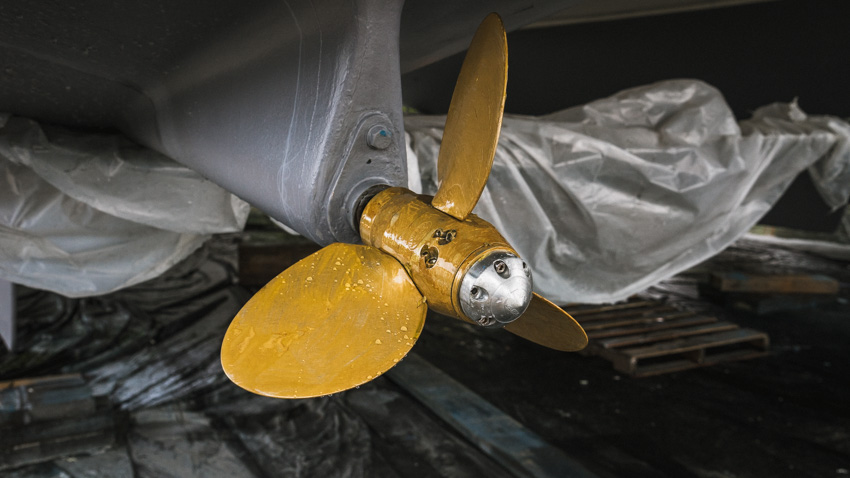
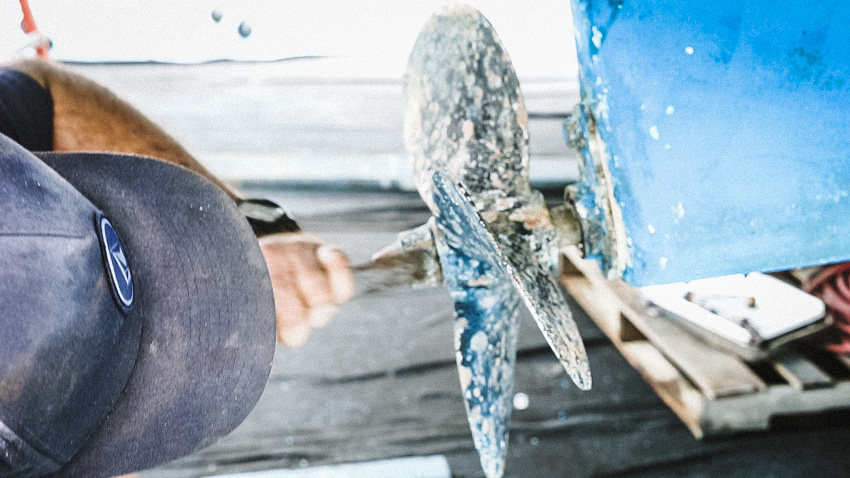



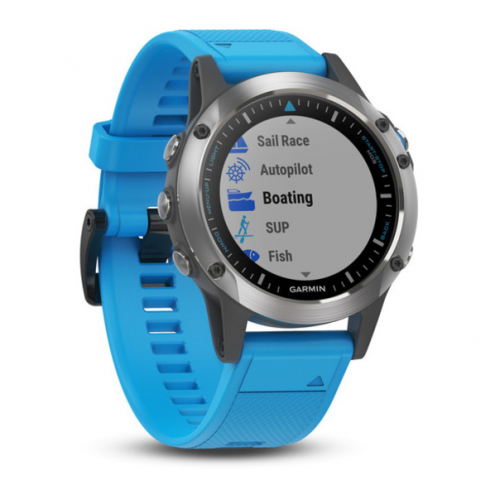
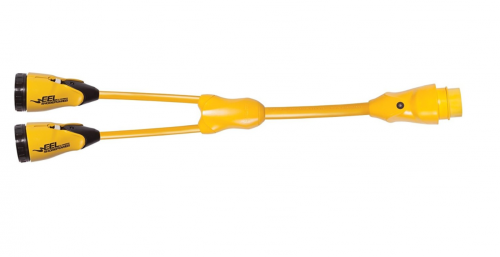
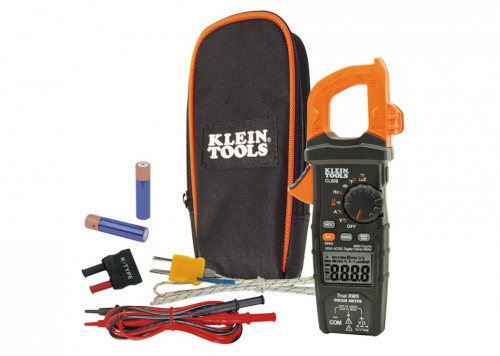
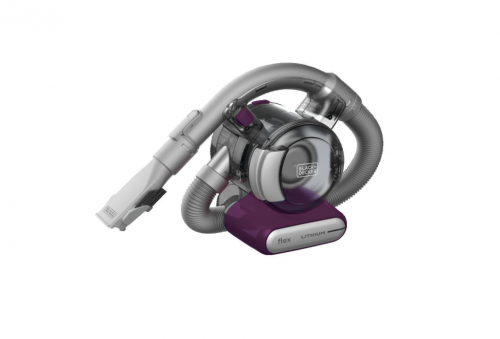
Wayne Heminghous –
Wow! The discount code still works! I am desperately in need of the max prop 15, 3 blade for my NY40 repower in a couple months. I watch your videos every Sunday. Thanks for the discount!!
Gary Eden –
Hello,
Was watching the YouTube saw your fuel tank degradation. It looks like electrostatic rust, this is the holes that look like they were drilled into tank. This tells two stories
1, the tank is not properly isolated from bymetal current.
2, the fuel tank is aluminum. Aluminum does not like salt water. If hatch’s are leaking you may need to paint the fuel cell(or tank).
Have a great day
Gary